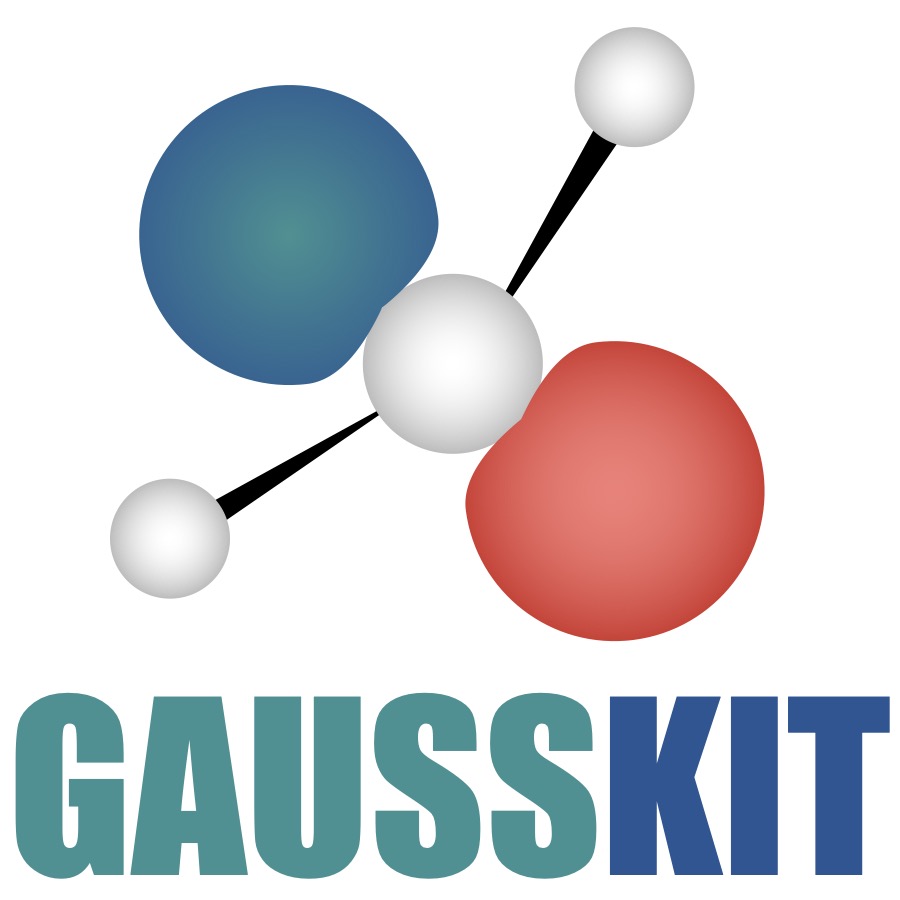GaussKIT
DFT analysis and post-processing tool kit

GaussKIT provides powerful data-analysis, post-processing, visualization, and interfacing with electronic structure codes that use gaussian basis sets. Most of the tools are fully compatible with the latest builds of QChem and Orca. NWChem implementations coming soon.
Huge shoutout to the members of the community for reporting bugs in 1.0.2. The Github repository is currently offline while I fix the compatibility issues.
Update: Git currently offline. Stable build v 1.0.3 releasing in January 2024
#===============================================================#
# ________ ____ __.______________
# / _____/_____ __ __ ______ _____| |/ _| \__ ___/
# / \ ___\__ \ | | / ___// ___| < | | | |
# \ \_\ \/ __ \| | \___ \ \___ \| | \| | | |
# \______ (____ |____/____ /____ |____|__ |___| |____|
# \/ \/ \/ \/ \/
#===============================================================#
# GaussKIT Version 1.0.2
# Core Developer: Subhajyoti Chaudhuri
# Contact: subhajyoti.chaudhuri@northwestern.edu
#===============================================================#
# v 1.0.2 updates
# Marcus theory inputgen v2 for QChem now compatible with cDFT
# 1 mode Jortner ET rate calculation
# Electron attachment-detachment plot visualization in Vesta
# Bug fixed for transitionstategeomgen
#===============================================================#
Note: GaussKIT is now evolving into a more comprehensive suite to codes and scripts (not just for post-processing data from electronic structure calculations). If you are interested in contributing to GaussKIT in any way, please reach out to
subhajyoti.chaudhuri@northwestern.edu
Disclaimer: I am not officially affiliated with development teams of any electronic structure code.